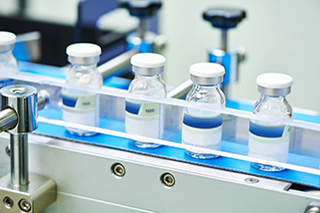There is a lot of talk about biosimilar drugs. What makes a drug a biosimilar? —Name withheld upon request
The Food and Drug Administration (FDA) defines biosimilar drugs as products that are “highly similar to an FDA-approved reference product” with no clinically meaningful differences in safety or efficacy.1 Although multiple analytic and clinical studies must be submitted to the FDA demonstrating this, the same extensive studies conducted for approval of the reference (original) product are not required.
DRUG ANSWERS: Understanding Drug Naming Nomenclature
The approval process for biosimilars, signed into law in 2010, is different from the process for approving generic medications because the structure of biologic medications is much more complex than that of traditional medications. Their synthesis may also be much more complex (for example, the product uses yeast or other microorganisms to synthesize). Because of this complexity, the biosimilar molecule has slight differences from the original product but exerts the same effects in the body.
A biosimilar can only be approved for the same indications as the reference product and must use the same dosage forms, route of administration, and strengths as the reference product. FDA criteria classifies these medications into 2 types: interchangeable biosimilars, which may be interchanged for the approved reference product at the pharmacy (such as dispensing the generic atorvastatin in place of Lipitor); and biosimilars, which may not be interchanged without an order from the prescribing clinician.
